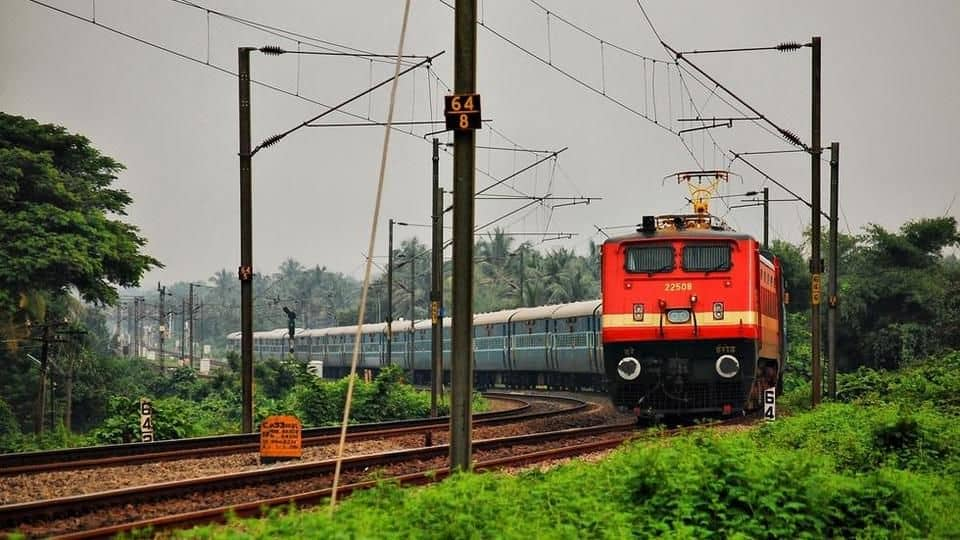
Railways' New policy: Discounts for odd-hour travels, costly-tickets during festivals
What's the story
The Railways has said it will come up with a new dynamic-pricing blueprint by December 31. A key aim is to ensure fares are truly dynamic instead of moving just upwards.
Suggestions received include offering discounts on trains arriving at inconvenient hours and during off-seasons.
However, it would also mean paying more during festivals, for faster trains and several facilities presently considered normal.
Flexi-fare
What is the flexi-fare system?
Earlier, fares in trains like Shatabdi, Rajdhani and Duronto were fixed. In 2016, the railways introduced the flexi-fare system.
Under it, after the first 10% seats, base fare increased by 10% with every 10% seats sold, capped at 50%. There wasn't any change in fares for 1AC and EC.
Through this, the Railways gained additional revenue of Rs. 551cr during September'16-June'17.
Discount
To lure people, discounts during off-season and more
Railways has been considering modifying the system in a way that "doesn't hurt people's (pockets) and also meets (Railways') revenue target".
Options considered include keeping 50% seats under normal fare. Railway Minister, Piyush Goyal says they are now mulling flexible rates according to peak/lean season, weekdays/weekends etc.
Earlier, the Railways had introduced 10% rebate on vacant berths after the finalization of reservation charts.
High charges
But you might have to spend more on other facilities
But the Eastern, Western and West Central zones have suggested upping prices on several facilities, including premium charges (10-20%) during festivals.
Tickets for high-speed trains might cost more depending on number of hours a passenger saves.
You could also have to pay more for trains with pantry cars, overnight trains, for confirmed booking through e-auction a week ahead, and for preferred berths.
Data
How has dynamic pricing fared till now?
Despite increase in revenue, Railways registered a fall in ridership as several seats remained vacant. The three premium trains account for just 0.35% of the Railways' annual passengers, but generates 13-14% of the total passenger revenue.